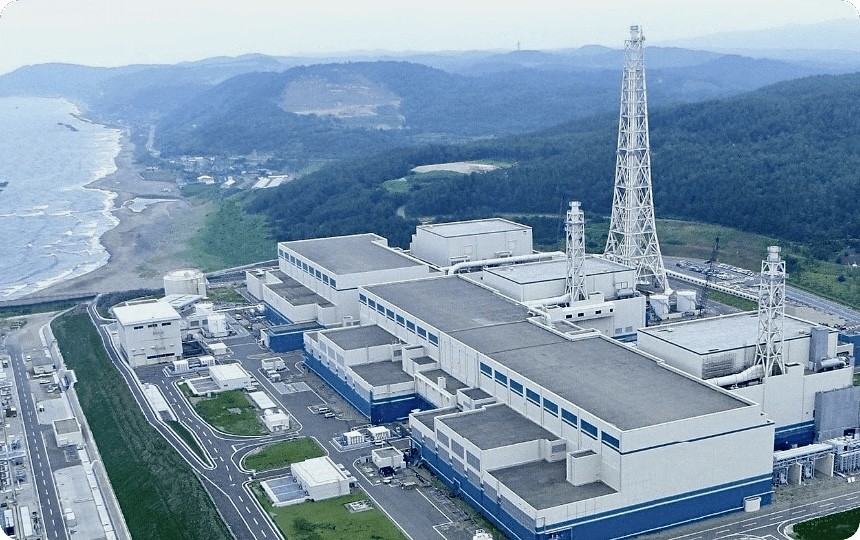
- ARAB NEWS
- 05 Aug 2025

TOKYO: The Tokyo-based Citizens Nuclear Information Center has reported that Tokyo Electric Power Company (TEPCO) is planning to start up the Unit 6 reactor at the Kashiwazaki-Kariwa Nuclear Power Station instead of first starting up the Unit 7 reactor that it had initially planned.
CNIC says the reason TEPCO is postponing the resumption of Unit 7’s operation is that even if it is restarted, it will have to be shut down again by October, the deadline for installing “facilities for dealing with specific serious accidents.”
In fact, the completion of the facilities, which was supposed to be in February this year, now won’t happen until August 2029. Kashiwazaki had previously suffered damage from an earthquake.
TEPCO is the company that runs the Fukushima Daiichi Nuclear Plant that was destroyed by a tsunami in 2011.
A bill for a prefectural vote on the restarts that had garnered 143,196 signatures was rejected by the prefectural assembly on April 18, but meetings between the governor and mayors of the prefecture’s 30 municipalities, which began discussing the matter in May, will continue.
Public hearings on the restarts are being held from June to August at five locations in Niigata Prefecture. The speakers at these hearings, however, all go by pseudonyms, making the choice of suitable representatives hard.
A prefectural opinion poll is to begin in mid-August, lasting three weeks, with the results to be announced at the end of September. The governor is expected to decide on whether to allow the restarts based on the results of that poll, with this decision coming as early as October.
GOTO Masashi, Doctor of Engineering, a former nuclear plant engineer and a member of the Citizens’ Commission on Nuclear Energy, says the details of the Fukushima accident have not yet been clarified and cautions that “the upper limits of earthquake magnitudes cannot be predicted at the current level of science.”
“Power companies say that they are committed to the reinforcement of safety measures for accident propagation prevention and impact mitigation, but their measures are actually not fail-safe,” Goto says. “The fail-safe design principle is meaningless if it is only partially applied.”
He notes that prior to the Fukushima disaster, “accidents that were deemed impossible or accidents whose occurrence probability was very small were ignored.”